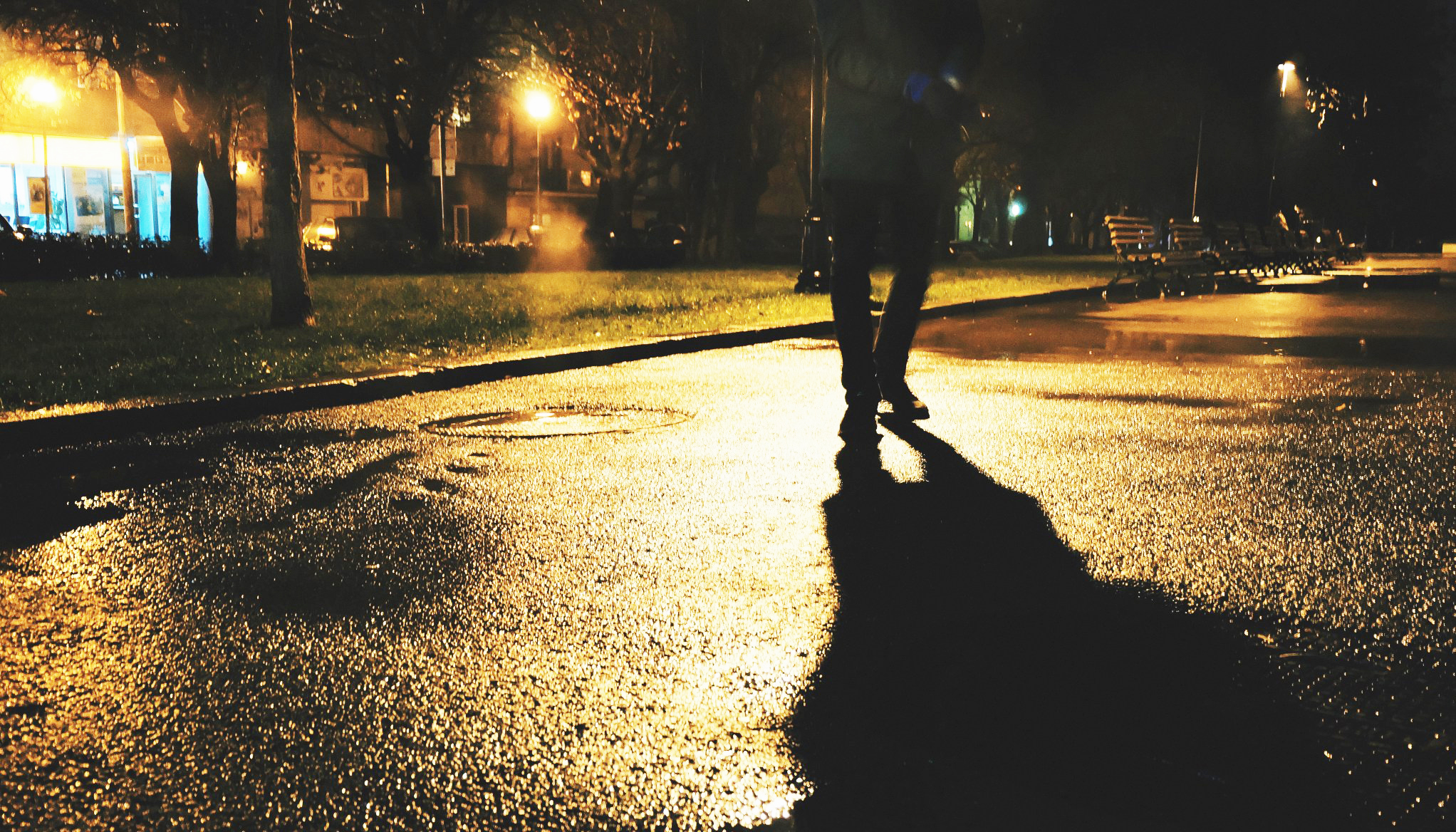 Moving mulch on the old Central Freeway on-ramp. (Photo: Matthew Roth)
Moving mulch on the old Central Freeway on-ramp. (Photo: Matthew Roth)A few weeks ago in San Francisco, a number of urban farmers opened a
gate in a chain-link fence at Laguna Street, between Oak and Fell
Streets, and entered an overgrown lot that has been unused for nearly
two decades. The farmers brought with them steaming piles of mulch,
which they cast over the edge of the ramps formerly used by cars to
enter and exit the elevated Central Freeway spur above Octavia Street,
arranging the soil in rows for planting vegetables and filler crops.
Since the Loma Prieta earthquake made the Central Freeway unsafe
for travel, leading to its eventual removal and the re-design of
Octavia Boulevard, those ramps have been one of the more poignant
reminders of a distant vision of San Francisco, with freeways
crisscrossing the urban environment, whisking motorists above the
unfortunate city dwellers
below.
The new Hayes Valley Farm
(HVF) inverts the paradigm and reclaims the space for city dwellers, if
only temporarily. "We call it 'freeway to food forest,'" explained
Chris Burley, Project Director for HVF and former organizer of My Farm.
Burley was joined by nearly fifty volunteers at a HVF work party
Sunday. "We're trying to create a successful, sustainable urban farm in
the heart of San Francisco."
Burley and several other
organizers were approached by Mayor Gavin Newsom's Office of Economic
and Workforce Development (MOEWD) last year with the idea to transform
the unused lot into a farm. The HVF received a $50,000 grant from MOEWD
for the first year of the project, money that comes from the operation
of parking facilities along Octavia Boulevard. Burley expected to work
the farm for between two and five years,
depending on when the economy turns around and the land is developed.
While the city owns the property, the MOEWD has selected Build, Inc, to develop it when they secure their financing. According to Richard Hillis at MOEWD, the site will be broken into ten parcels
and built as 50 percent affordable homes, 50 percent market rate.
Because the housing construction market is so bleak right now, said
Hillis, the city worked with the neighborhood groups to develop a plan
for activating under-utilized lots, starting with this very visible one. In
addition to the community benefit of a farmers market and mobile food
vending, the city benefits from having the lots used by the farmers.
"It helps us save money on cleaning them and maintaining them," Hillis
said.
 Opening the fence around the former freeway ramps. (Photo: Hayes Valley Farm)
Opening the fence around the former freeway ramps. (Photo: Hayes Valley Farm)Because the project is temporary, Burley said they are not planning
to rip up the existing asphalt, which would cost thousands of dollars.
Rather, the farmers will plant up to 150 fruit trees in pots that can
be moved to other gardens or planted in back yards. Burley also said
that in honor of the old Highway 101, they will be planting 101
beneficial plants among the fruit trees to help with pest control.
"A
lot of our energy is being spent in creating things that can travel
off-site," said Burley. "This is more like a springboard for urban
agriculture all over the city."
Burley and other organizers
hope to use the temporary farm as an educational resource and are
developing a curriculum for schools that are interested in working at
the facility. Currently, they are planning to collaborate with John
Muir Elementary, the French-American School, and the Hayes Valley Neighborhood Parks Group.
Addressing
concerns about growing food on the site of a former freeway, the group
has lab tested 64 soil points from the site and found that all parts
except for one came back with less than the EPA's standard for lead in
soil. The HVF also notes on its FAQs page that using organic soils up
to two feet thick generally makes food grown there safe for
consumption. Nonetheless, the group will measure lead in the roots and
leaves of the food they harvest before it can be eaten.
Though
Burley said they were rushing to get plants in the soil and trees in
pots while still in the rainy season, the lot will be sustained with
water from the San Francisco Public Utilities Commission, which donated
a line for the plot to set up a drip irrigation system. While no
estimate was available for how much food the facility would yield,
Burley said their first priority was demonstrating the prospects for
urban farming.
"Our main yield is education," he said. "We’re trying to teach folks about growing
their own food on balconies, back yards, open-air parking lots and pavement backyards."





